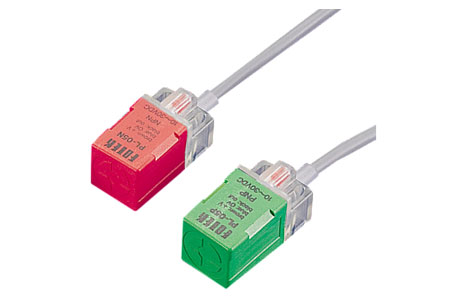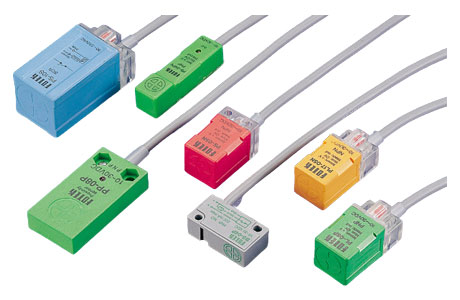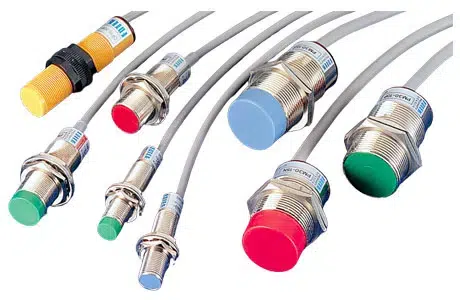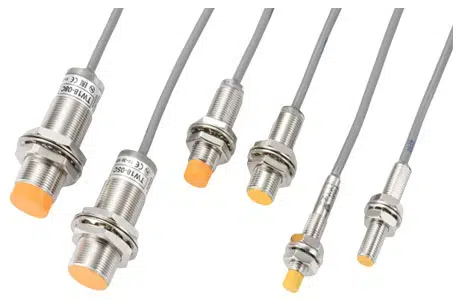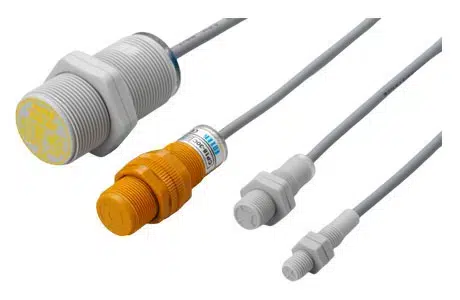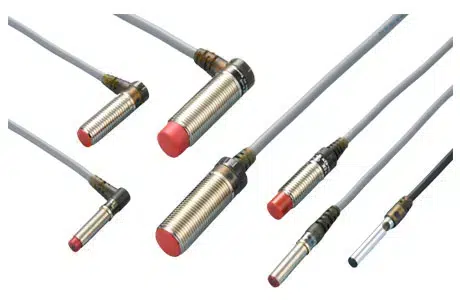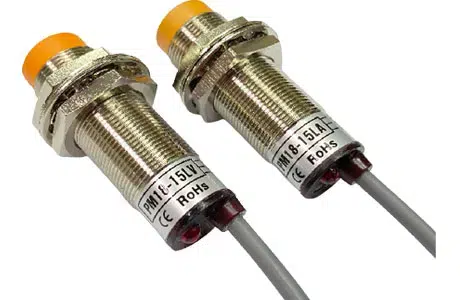Fotek Proximity Sensor: M12 & M18 Proximity Sensors
At IndMALL, we provide a wide range of automation sensors including Fotek Proximity Sensors, M18 Proximity Sensors, Two Wire Inductive Proximity Sensors, Capacitive Proximity Sensors, and more. We also offer Proximity Sensor Accessories and various series including PS, PM, TW, EX, and CP Series. Our products are priced competitively so that you can save money without compromising on quality. For more information, please feel free to contact us today.
Fotek Proximity Sensor: PS Series
- Sensing Distance: Options ranging from 2.0mm to 25.0mm.
- Output Methods: Available in NPN/NO, NPN/NC, PNP/NO, PNP/NC, and SCR.
- Protection: IP-67 rating for high durability in challenging environments.
- Design: Compact structure suitable for various applications.
- Features: All models come with an operation LED for easy adjustment.
Fotek Proximity Sensor PM
- Sensing Distances: Ranging from 1.2mm to 8.0mm, depending on the model.
- Output Methods: Options include NPN/NO, NPN/NC, PNP/NO, PNP/NC, and SCR.
- Protection: High solid compact structure with IP-67 rating, suitable for challenging environments.
- Design: Compact and robust, ideal for various industrial applications.
- Operation Indicator: All models come with an LED for easy adjustment and monitoring.
Fotek Proximity Switch: TW Series
- Sensing Distance: Options range from 1.0mm to 16.0mm, depending on the model.
- Output Status: Available in both Normally Open (NO) and Normally Closed (NC) configurations.
- Protection Class: IP-67, ensuring high durability in challenging environments.
- Leakage Current: Low, at 0.8mA Max.
- Connection Options: Positive or Negative connections are available.
- Design: Compact and robust, suitable for various industrial applications.
- Variants: Includes M8 Tubular type, M12 Tubular type, and M18 Tubular type models.
Fotek Capacitive Proximity Sensor: CP Series
- Sensitivity Adjuster: 14 turns trimmer for precise control.
- Stability: High stability with thermal compensation.
- Sensing Capability: Senses metallic and non-metallic objects, including glass, lumber, oil, water, and plastic.
- Output Methods: Available in NPN/NO, NPN/NC, PNP/NO, PNP/NC, and SCR.
- Sensing Distance: Options include 10mm (M12 Tubular type) and 20mm (M18 Tubular type).
Fotek Inductive Sensor: EX Series
- Sensing Distance: Options ranging from 0.8mm to 5.0mm, depending on the model.
- Output Methods: Available in NPN/NO, NPN/NC, PNP/NO, PNP/NC.
- Protection: IP-67 rating, suitable for challenging environments.
- Design: Compact structure for versatile application.
- Operation Indicator: All models come with an LED for ease of use.
- Variants: Includes 4Φ Tubular type, M5 Tubular type, M8 Tubular type, and M12 Tubular type models.
Fotek Proximity Sensors: M12 & M18 Series
- Sensing Distance: Options range from 0 to 2.0mm and 0 to 5.0mm for M12 Tubular types, and 0 to 5.0mm and 0 to 15.0mm for M18 Tubular types.
- Output Methods: Available in 4-20mA and 0-10V output methods.
- Protection: IP-67 rating for high durability in challenging environments.
- Sensitivity Adjuster: Available on some models (M18 Tubular type).
- Design: Compact and robust, suitable for various industrial applications.
Product List:
| Model No | Image | Type | Sensing Methos | Output Method | Operating Voltage | Mounting Method | Output Status |
|---|---|---|---|---|---|---|---|
| PS-05N | 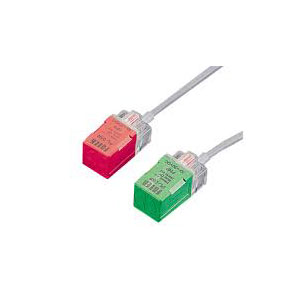 |
Square type | 5 mm | NPN | 10…30 DC | Flush | NO |
| PM12-04N | 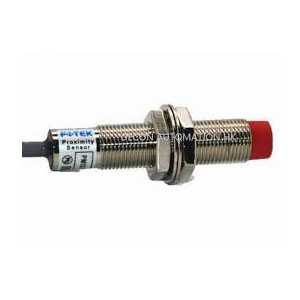 |
M12 Tabular Type | 4 mm | NPN | 10…30 DC | Non-Flush | NO |
| CP12-10N | 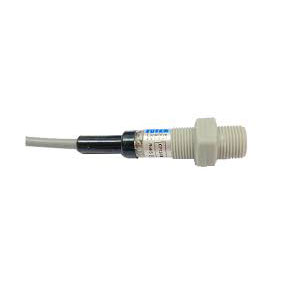 |
M12 Tabular Type | 10 mm | NPN | 10…30 DC | – | NO |
| PM12-02LA | 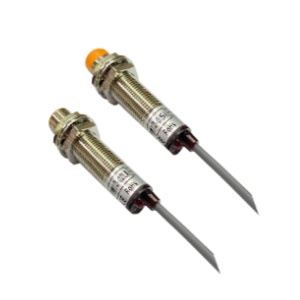 |
M12 Tabular Type | 0-2mm | 4-20mA | 10…30 DC | Flush | – |
Frequently Asked Questions
How does NPN Proximity Switch Work?
This helps in automated processes, like on a factory line. NPN switches are commonly used in many industries because of their efficiency. In short, they detect, connect, and automate tasks.
Proximity Sensor Sensing Distance
A proximity sensor detects objects without touching them. Its “sensing distance” is how close something must be to be detected. Different sensors have different sensing distances. Some can detect from far away, while others need the object to be very close. The type of material, like metal or plastic, can also affect this distance.
The sensor’s manual often provides its sensing distance. It’s essential to pick the right sensor based on how far you need to detect. In short, sensing distance is a crucial feature for proximity sensors.
What is NPN and PNP Proximity Sensor?
NPN and PNP are types of proximity sensors. They detect objects without touching them. But they work a bit differently. NPN sensors are called “sinking” sensors. When they detect something, they connect the output to the ground. It’s like turning off a light switch.
PNP sensors are “sourcing” sensors. When they sense an object, they supply voltage to the output. It’s like turning on a light switch.
Choosing between NPN and PNP depends on your device’s needs. Both do the same job but connect differently to circuits. Always check your system’s requirements before choosing. In short, NPN and PNP are just two ways sensors interact with devices.
Proximity Sensor Frequency Range
Proximity sensors detect objects without touching them. They use frequencies to do this. Frequencies are like radio waves. Different sensors use different frequency ranges. Common ranges are between 10 Hz to 1 MHz. Some might go higher or lower.
The frequency can affect the sensor’s performance. High frequencies can detect smaller objects. But they might not go as far. Low frequencies can travel farther. But they might miss small objects.
Please share your Fotek Proximity Sensor Requirement with sales@indmall.in

